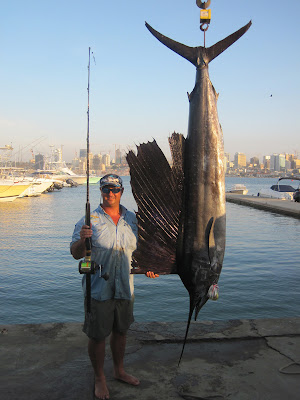
The salmon shark, Lamna ditropis, is a species of shark occurring in the north Pacific ocean. As an apex predator, the salmon shark feeds on salmon, and also on squid, sablefish, and herring. Salmon shark are remarkable for their ability to maintain body temperature, known as homeothermy, and an as-yet unexplained variability in the sex ratio between the eastern north Pacific and western north Pacific.
| DISTRIBUTION: | North Pacific |
| MAX SIZE: | 385 lb / 175 kg |
| MAX LENGHT: | 9 feet / 3 mt |
| MAX AGE: | Unkonwn |
| ENVIRONMENT: | Saltwater |






















++world+record+biggest+fish+ever+caught+big+huge+fishes+records+largest+monster+fishing+giant+size+images+pictures.jpg)







 Two huge grayling of 2.10 kg and 1.8 kg caught in Finland
Two huge grayling of 2.10 kg and 1.8 kg caught in Finland 




+florida+gulf++world+record+biggest+fish++world+ever+caught+big+huge+fishes+records+largest+monster+fishing+giant+size+images+pictures+IGFA+lb+pound++ocean+sea+saltwater+freshwatertexas.png)







+florida+miami+asia+thailand+indonesia+world+record+biggest+fish+ever+caught+big+huge+fishes+records+largest+monster+fishing+giant+size+images.JPG)





